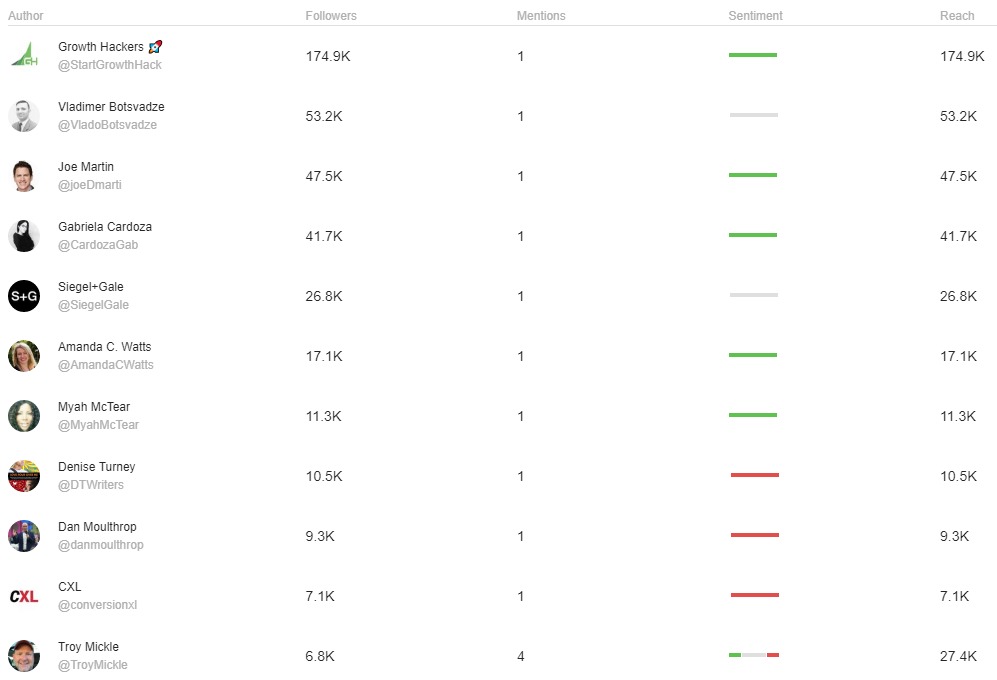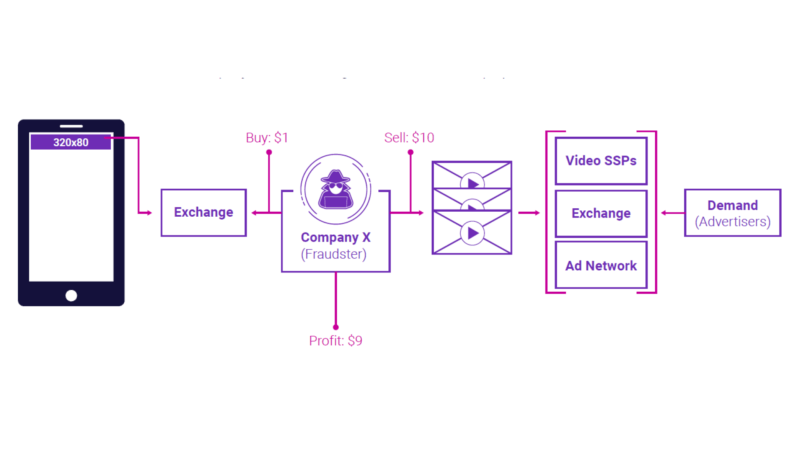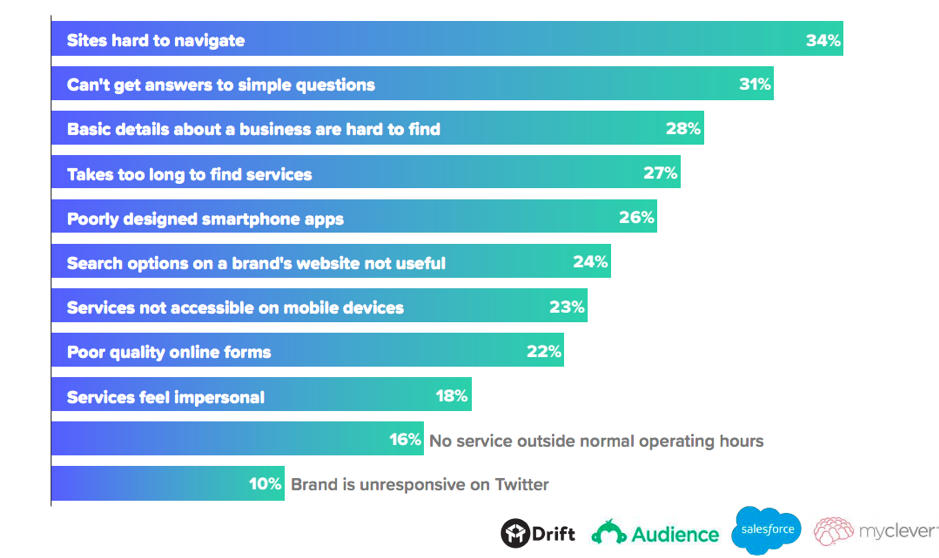Most of us like to believe that we’re inherently logical people, especially when it comes to purchasing decisions. However, we’re not computers. No matter how logical we try to be, emotion always influences our decisions to some extent.
Psychologists refer to these emotional factors in our decision-making processes as “cognitive biases.” Without even realizing it, we make most of our decisions based on these emotional biases and build our logical arguments for doing or buying something around justifying our emotions.
This is good news for marketers.
If you understand how cognitive biases work and how to use them in your marketing, you can make people feel like you have a better product, service or company. At that point, it almost doesn’t matter whether or not you are better; people will buy from you because that’s what feels right.
With all that in mind, let’s take a look at a couple of powerful cognitive biases you can use to make people view your products or services as superior to the competition.
The mere exposure effect
Back in the 60s, Charles Goetzinger was teaching at OSU and decided to run a social experiment on class. Before the semester started, he contacted one of the students and asked them to wear a giant black bag over their entire body during class – for the whole semester.
Now, putting aside the fact that he was actually able to convince a student to do this, this experiment resulted in some fascinating observations.
As you might expect, the initial response to the black bag was very hostile and derogative. However, as the semester progressed, people’s response to the unexplained bag softened and the student began actually to make friends.
Why? Familiarity makes us comfortable.
As humans, our brains are wired to identify potential threats. A sudden change in the ambient noise could represent an impending attack, an odd taste in your water could mean that it’s contaminated…to our brains, “new” often means “danger.”
However, if we’re around something new for a while and nothing bad happens, our brains relax. The new thing becomes part of our “normal” experience and our brains move on to evaluating other, newer unknowns for potential danger.
How to use the mere exposure effect
Unfortunately, most businesses can’t afford to spend a semester waiting for someone to get comfortable with their brand. Long-term, building familiarity with your customers is a great idea, but often you need them to buy within the next few days-to-weeks.
So, how do you use mere exposure to get people comfortable enough to buy in a reasonable time frame? Here are a few options to consider.
Retarget
When done right, retargeting is all about familiarity. There’s a reason why retargeting campaigns have a better CTR than most display campaigns. Retargeting ads remind people that they are interested in what you’re selling and help them feel comfortable buying from you.
Also, retargeting is a great way to address potential concerns your customers might have during their buyer journey. Remember, on a primal level, “new” is scary because it’s a potential threat. If you can build familiarity while decreasing the perceived threat level of doing business with you, your potential customers will feel more comfortable buying from you than anyone else.
Repurpose
Repetition and re-exposure are a fundamental part of how we learn and become comfortable with new things. This principle is just as important to an adult making a purchasing decision as it is to a kid learning how to walk.
For example, lots of myths, trends and fads get started when something goes viral on social media. People read, hear and see something so many times that it simply becomes a part of their belief system – regardless of whether what they believe is actually true.
In essence, repetition creates reality.
This principle works just as well for honest businesses as it does for fad diets. If you’ve come up with a great marketing message, why not turn it into a blog post, podcast, infographic, video, slide presentation, etc.?
Repurposing your content this way will increase the number of ways and times that people encounter your message. As a result, when they see your actual ads, they’ll instinctively resonate with your messaging – even if they don’t remember why.
Risk compensation theory
Back when the governments started really paying attention to automobile safety, Sam Peltzman discovered something interesting. Although safety features like seatbelts made people safer, the benefits of these features to the general public were lower than the government’s safety tests had predicted.
Why? The safer people felt in their cars, the more risks they took when they drove.
Again, this gets back to how our brains are wired. Every decision carries some sort of inherent risk and we are constantly trying to decide whether the risk is worth the reward.
However, this decision isn’t a matter of pure math. Our internal risk-benefit analysis isn’t based on hard data; it’s based on the perceived risks and benefits.
So, if someone is considering cutting in front of a semi and they aren’t wearing their seatbelt, the perceived risk is pretty high. If their timing is even a little bit off, they could be thrown from the car and die. But, if they think that their seatbelt will protect them, the perceived risk is a lot lower, so they’re more likely to decide that the risk of being in an accident is worth the benefit of saving a few seconds on their commute.
This same principle applies to marketing. No matter what you’re trying to get people to do, your customers will associate some level of risk with it: loss of money, loss of time, loss of privacy, etc. Your job is to increase the perceived benefits and decrease the perceived risks so that people feel safe doing what you want them to.
How to use risk compensation theory
If you do it right, people should feel like there is more risk in not following your call-to-action (CTA) than there is in following it. Essentially, this flips the risk-benefit equation on its head.
Of course, achieving that is easier said than done, but here are a few ways to maximize the perceived benefits and minimize the perceived risks of your CTA:
Use social proof
Social proof is one of the best tools in the online marketer’s toolbox. These days, people instinctively distrust marketing (after all, you’re getting paid to promote your business). However, people trust other people, so including testimonials and reviews is a great way to tilt the risk-benefit equation in your favor.
That being said, simply having testimonials or reviews isn’t enough. You need social proof that makes people feel like giving you their money, time or information is a safe bet. If the reviews you share don’t inspire confidence (or worse, feel fake), they can actually work against you.
Use someone else’s halo
A similar, but a different way to decrease perceived risk is to associate yourself with a third party your audience already trusts.
The classic example of this is getting certified for a trust seal from a third-party business. However, this tactic has been used for so long that it’s become an expectation. These days, having a trust seal might not decrease the perceived risk of doing business with you, but not having one can certainly increase it!
If you want to use someone else’s trustworthiness to build trust in your business, one of the easiest approaches is influencer marketing. Unlike testimonials – which are usually placed on your marketing materials – influencers advocate for your business to their loyal following.
Because influencers already have a high level of trust with their audience, their endorsement of your business feels far more credible and meaningful than anything you could ever say about yourself. It’s a simple, but highly effective way to use someone else’s halo to build trust in your business.
Conclusion
Honestly, the mere exposure effect and risk compensation theory are just the tip of the iceberg. There are dozens of other cognitive biases that you can use in your marketing to encourage people to choose your business over the competition.
The trick is understanding how different cognitive biases play into the purchasing decisions of your target audience. Once you understand that, it’s usually fairly easy to influence those biases in a way that favors your business.
Opinions expressed in this article are those of the guest author and not necessarily Marketing Land. Staff authors are listed here.
























